Here at Camille Styles, we don’t shy away from a holistic approach to wellness. In fact, it’s foundational. From adaptogens to Ayurveda, we love a daily routine that’s steeped in ancient wisdom. After all, it’s these habits that lead to better sleep, stress management, and hormone health. Admittedly, certain things are more woo-woo than others. But being open to what does—and doesn’t—work for your body is the beauty of bio-individuality. There’s no better time to experiment, get curious, and be inspired.
Today, we’re bringing you a new habit to add to your repertoire: seed cycling. This hormone-supporting tool is one of the top trending wellness practices. Does it live up to the hype? Let’s dive into both sides of the story.
This simple practice is touted to support hormone levels, reduce PMS symptoms, and boost fertility. In this guide, you’ll learn what seed cycling is and how to incorporate it. While it lacks rigorous scientific research, seed cycling is a way to sync your menstrual cycle with your life—a practice worth exploring.
Feature image by Sara Prince.

What is seed cycling?
Seed cycling is a growing dietary trend, claimed to balance hormones, boost fertility, and ease symptoms of menopause. It involves eating ground flax, pumpkin, sesame, and sunflower seeds at different times of the month. Theoretically, seed cycling either enhances or inhibits the production of estrogen and progesterone in the body. In turn, balancing and optimizing your hormones.
Seed cycling is also known to relieve symptoms due to hormonal imbalance. At any rate, in order for seed cycling to work optimally, your seeds must be ground up. Whole seeds don’t break down completely in your gut, so grinding them enables your body to extract more nutrients from the seeds.
Download our cycle syncing planner to support your body throughout the month.

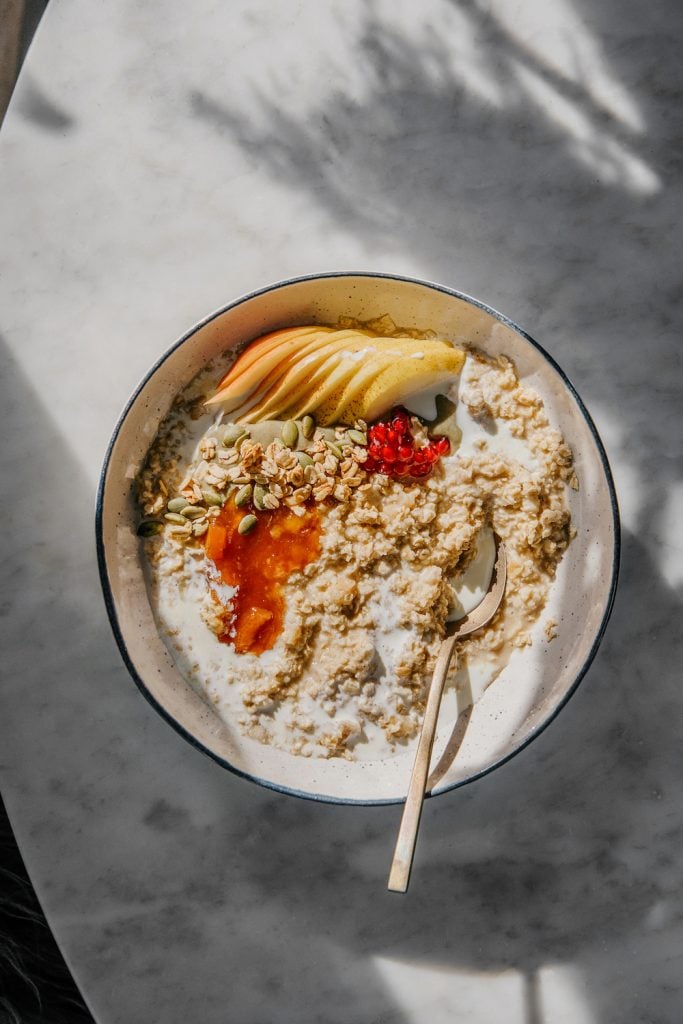
An Overview: The Menstrual Cycle
Before we get any further, let’s break down the menstrual cycle. While most menstruating women either believe they’re “on” or “off” their period, it’s more complex than that. In fact, a woman’s menstrual cycle has four distinct phases: menstrual, follicular, ovulatory, and luteal. The entire cycle lasts anywhere from 25-32 days.
• menstrual: the start of your period
• follicular: 7-10 days leading up to ovulation
• ovulatory: 3-5 days of ovulation
• luteal: 10-14 days before your period
Your cycle may be longer or shorter than the number of days listed above. Every woman’s cycle is different. However, most experts agree that a cycle less than 22 days or more than 40 days is considered abnormal. Consult with your healthcare provider—or let’s work together! We can improve your cycle, naturally.
What happens during the menstrual cycle?
Each month—during the years between puberty and menopause—a woman’s body goes through a number of changes. In essence, to get ready for a possible pregnancy. This series of hormone-driven events is called the menstrual cycle. During each menstrual cycle, an egg develops and is released from the ovaries. This happens during the follicular phase (estrogen rises). During the second half of the cycle, the lining of the uterus builds up. Progesterone rises. If a pregnancy doesn’t happen, the uterine lining sheds. In turn, you start your period. Day one of bleeding = the beginning of a new cycle.


How is seed cycling supposed to help balance hormones?
There are natural fluctuations throughout your cycle (i.e., estrogen rising and falling). But what happens when your hormones aren’t functioning properly? Hello, imbalance. This manifests as a range of symptoms: PMS, cramps, irregular periods, low libido, etc. Enter: seed cycling.
Seeds contain two hormone helpers—lignans and essential fatty acids. Research shows that lignans can help bind to excess hormones, helping secrete too much estrogen in the body. And fatty acids are essential for both hormone production and balance. As you seed cycle, your body works to optimize the nutrients in pumpkin, flax, sesame, and sunflower seeds.

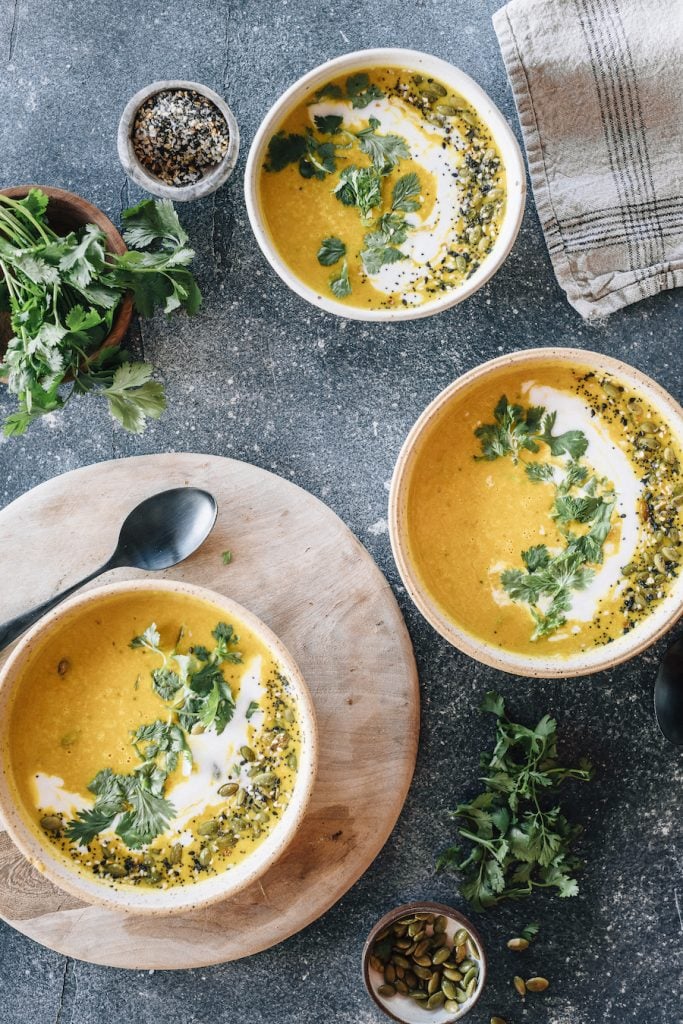
Seed Cycling Benefits
Women’s hormones are a complex, delicate system. They’re greatly influenced by diet, exercise, sleep, stress levels, and environmental toxins. This means that any of these factors can cause hormonal imbalances. In turn, a slight hormone imbalance can become the underlying issue for a number of health concerns: irregular periods, acne, PCOS, thyroid disorders, and chronic fatigue.
All of that said, seed cycling can support your monthly cycle, aiding in PMS symptoms—moodiness, cramps, cravings, sore breasts, and hormonal acne. Seed cycling can also help with anovulation, irregular cycles, and amenorrhea.
What the Research Says About Seed Cycling
While there are plenty of anecdotal accounts of seed cycling’s usefulness, the scientific evidence is lacking. As someone with PCOS, it has been an integral part of my wellness routine. I noticed—along with other hormone-balancing habits—that seed cycling has helped regulate my cycle. It took about three months to notice changes. I’ve also seen positive results in my health coaching clients.
Women either account for less PMS, fewer cramps, and/or a positive change in the duration of their cycle. I often suggest seed cycling to women who are in the process of coming off hormonal birth control. It’s a natural way to help them get their cycle back by improving hormonal health through food.

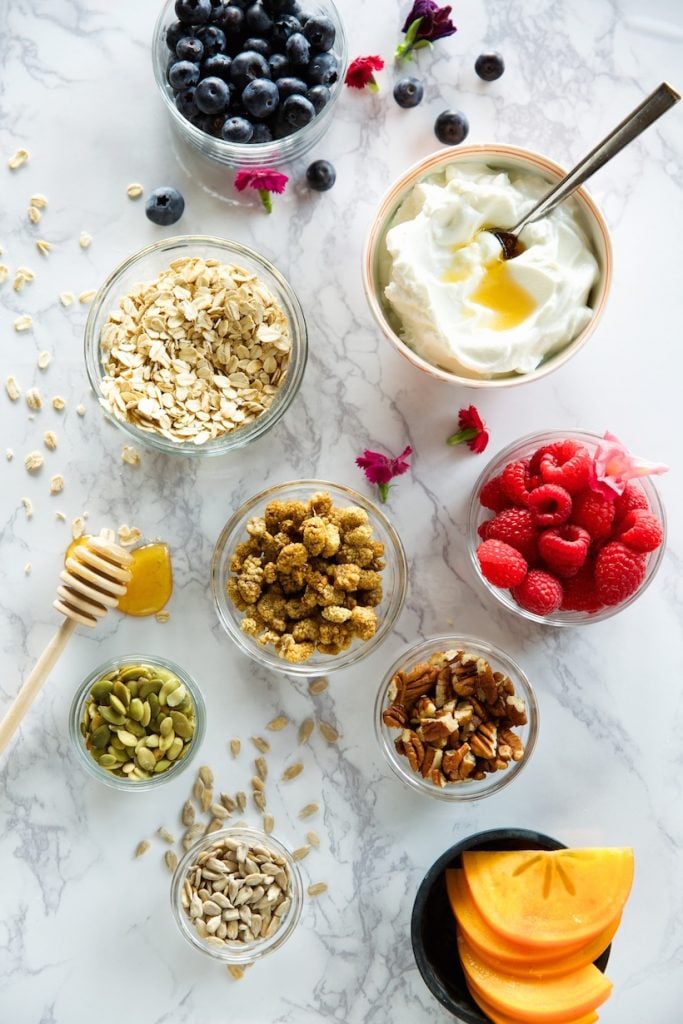
How to Start Seed Cycling
To begin, figure out where you are in your menstrual cycle. You can track this! Are you in your follicular phase (you’re currently on your period or your period ended less than 10 days ago)? Or, are you in your luteal phase (you’ve just ovulated or you ovulated recently)? Depending on which phase you’re in, skip below to see which seeds you should start incorporating. If your cycle is irregular, don’t fret. You can still seed cycle effectively.
Can I seed cycle if my period is irregular?
Yes! To keep things simple, follow the phases of the moon. In this case, day 1 of your cycle would begin with the new moon. Days 1-14 (new moon to full moon), eat pumpkin seeds and flax seeds. Days 15-28 (full moon to new moon), eat sunflower seeds and sesame seeds. Whether you have a regular cycle or not, a few months of cycling is said to be enough to begin seeing the benefits. Remember, consistency is key.


Seed Cycle: Follicular Phase
When: Days 1-14 of your cycle. During this phase, you need a balanced amount of estrogen to build the uterine lining.
What Seeds: Ground pumpkin and ground flaxseeds.
PUMPKIN SEEDS are rich in zinc, which aids in progesterone production and supports healthy testosterone levels. They’re also rich in antioxidants, which help protect your ovaries, eggs, and reproductive system as a whole.
FLAXSEEDS contain lignans, which aid in estrogen release. Meaning, they bind to excess estrogen and help eliminate it. This process supports ideal estrogen levels. Both flax and pumpkin seeds are rich in omega-3 fats, which encourage uterine blood flow and maintain healthy cell membranes.
Seed Cycle: Luteal Phase
When: Days 15-28 of your cycle. During this phase, the corpus luteum starts to release progesterone, which is a sex hormone that helps thicken the uterine lining and prepare it for implantation.
What Seeds: Ground sesame and ground sunflower seeds.
SESAME SEEDS are rich in zinc, which aids in progesterone production. They also contain lignans, which help block excess estrogen, and they have a slew of other benefits, including the ability to lower inflammation.
SUNFLOWER SEEDS contain selenium, which helps improve liver function and remove excess estrogen. They also contain vitamin E, which stimulates progesterone production.

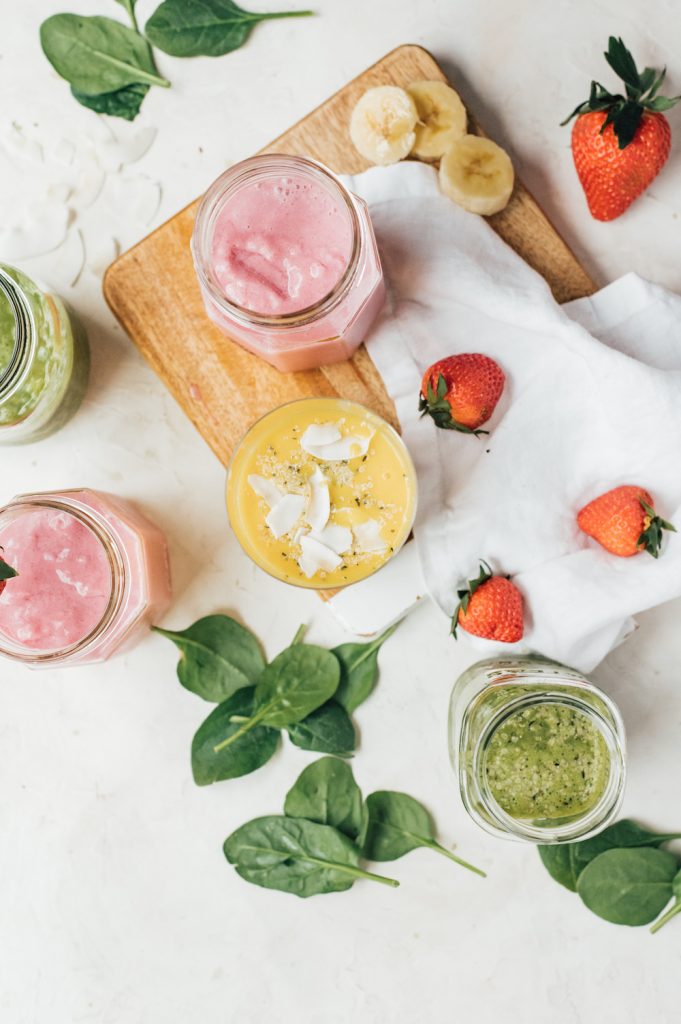
Where can I buy seeds to seed cycle?
Over the years, I’ve found that the easiest way to seed cycle is via a company that ships ground seeds. Enter: Beeya Wellness and Funk It Wellness. If you prefer your seeds more coarse, go with Beeya. They freshly grind their seeds in small, local batches! This helps maintain the seeds’ nutritional profiles. As soon as my seeds arrive in the mail, I stick them in the fridge. You can also buy in bulk and keep the seeds in your freezer.
For finer seeds, Funk It has you covered. Regardless, both companies do all the hard work for you. No need to grind your seeds at home! Plus, the seeds come in easy-to-use packaging. No need to remember which seeds to take—the bags are clearly labeled. If you opt for Funk It, I have a discount for you: use ‘EDIE15’ at checkout.
How to Incorporate Seed Cycling into Your Diet
The sky’s the limit! You can add them to breakfast, lunch, dinner, or your snack(s). Think: cereal, yogurt, salads, chia pudding, smoothie bowls, energy bites, roasted veggies, overnight oats, hummus, etc. Other creative ways to use your seed cycling seeds:
- Homemade seed butter
- Cilantro pesto with pumpkin and flaxseeds
- Buckwheat granola with seed cycling seeds

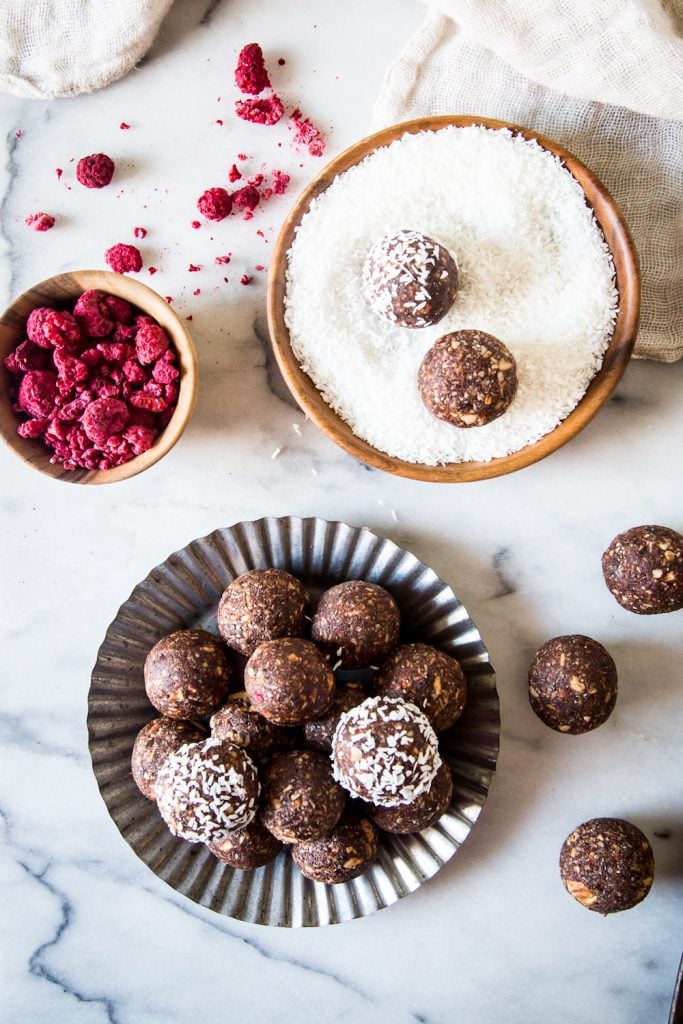
Again, with seed cycling, consistency is key. Hopefully, you’ll notice a difference in your menstrual cycle within three months of daily seed cycling.
This article is for informational purposes only. It is not, nor is it intended to be, a substitute for professional medical advice, diagnosis, or treatment and we recommend that you always consult with your healthcare provider.






